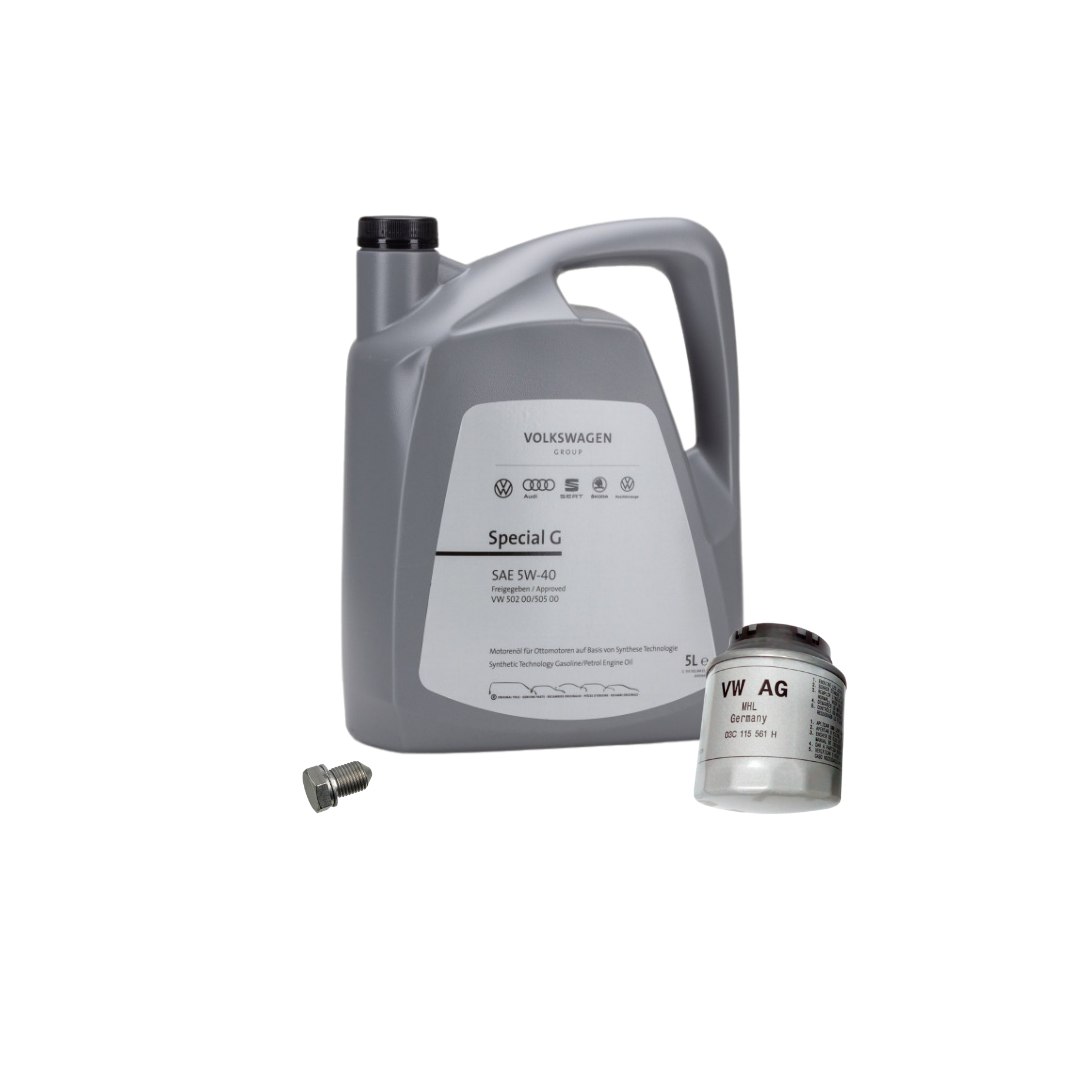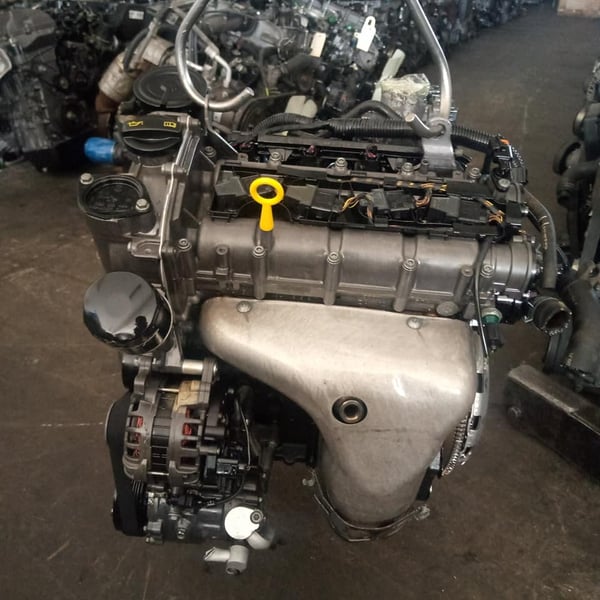Get a high-efficiency clp engine for your equipment.
Get a high-efficiency clp engine for your equipment.
Blog Article
How a Clp Engine Can Improve Efficiency in Various Industries
The development of CLP engines notes a considerable change in functional performance throughout various fields, driven by their capability to enhance gas consumption and minimize downtime. As companies increasingly prioritize sustainability alongside efficiency, the function of CLP engines becomes also more important.
Overview of CLP Engines
CLP engines, or Continuous Fluid Propellant engines, represent a considerable development in propulsion innovation, especially for room applications. These engines make use of a constant feed system that permits the sustained expulsion of propellant, leading to boosted effectiveness and performance contrasted to conventional solid or hybrid propulsion systems. By maintaining a continuous flow of fluid propellant, CLP engines can achieve a lot more precise thrust control, which is essential for maneuvering spacecraft in different objective circumstances.
The design of CLP engines integrates advanced products and innovative fuel administration systems. clp engine. This causes decreased weight and increased reliability, necessary variables for long-duration space objectives. The continual procedure reduces the threat of combustion instability, a typical difficulty in conventional rocket engines.

Benefits in Production
The production of Continual Fluid Propellant (CLP) engines offers several remarkable advantages that improve both performance and cost-effectiveness. One of the main benefits is the streamlined manufacturing process, which lowers the intricacy related to typical propulsion systems. By making use of fluid propellant, producers can attain better precision in engine efficiency, leading to maximized power output and minimized waste.
Additionally, CLP engines assist in a higher degree of modularity, enabling for less complicated combination right into numerous production lines. This flexibility can considerably reduce preparations and improve total operational adaptability. Using CLP technology additionally often tends to decrease the requirement for substantial upkeep because of fewer relocating parts, which translates right into minimized downtime and operational costs.

Applications in Logistics
Leveraging Continuous Liquid Propellant (CLP) engines in logistics uses substantial benefits in operational performance and dependability. These engines offer a robust service for different transport requirements, allowing the seamless movement of products throughout substantial ranges. The intrinsic style of CLP engines permits for constant power output, which translates right into smoother and a lot more predictable transport timetables.
One of the crucial applications of CLP engines in logistics is in sturdy products transport, where they can drive both ground and airborne automobiles. Their ability to maintain high performance under differing load problems makes sure that delivery timelines are met, therefore enhancing client fulfillment. Additionally, CLP engines can be incorporated right into automated logistics systems, facilitating real-time monitoring and maximizing path planning.
In addition, the longevity of CLP engines decreases maintenance downtime, permitting logistics firms to maximize their operational capacities. This is specifically advantageous in warehousing procedures, where effectiveness in handling and carrying products is important. As logistics remains to progress, the assimilation of CLP engines represents a forward-thinking technique that not only enhances efficiency but additionally supports the market's growing demands for dependability and rate.
Influence On Power Efficiency
How do Constant Liquid Propellant (CLP) engines improve energy effectiveness in transportation? CLP engines utilize a consistent flow of liquid gas, maximizing burning procedures and keeping a secure thrust output. This design reduces energy losses associated with conventional combustion engines, where gas distribution can differ and cause inefficiencies.
The continual operation of CLP engines permits for a much more reliable thermal cycle, causing greater details impulse compared to conventional engines. clp engine. This equates to lowered gas consumption for the same quantity of work done, significantly lowering functional expenses across different transport markets, consisting of aeronautics and maritime industries
Moreover, the capability of CLP Related Site engines to preserve optimal performance under differing tons problems decreases the requirement for constant velocity and deceleration, better enhancing gas performance. Improved energy effectiveness not only contributes to set you back financial savings however also results in lower greenhouse gas discharges, straightening with international sustainability objectives.
Future Trends and Innovations
Arising innovations in Continual Liquid Propellant (CLP) engine technology guarantee to transform the landscape of transportation effectiveness and sustainability. As sectors pivot towards greener options, CLP engines stand at the leading edge, integrating ingenious products and layout methods that boost performance while decreasing ecological effect.
Among the most appealing patterns is the fostering of crossbreed systems that combine CLP engines with eco-friendly energy sources. This synergy can optimize gas consumption and lower emissions, aligning with international sustainability objectives. Furthermore, innovations in check these guys out computational liquid dynamics (CFD) are helping with the style of even more aerodynamically reliable engines, resulting in reduced drag and improved fuel effectiveness.
Additionally, the advancement of wise monitoring systems is established to boost functional performances. These systems utilize information analytics and IoT innovation to optimize engine efficiency in real-time, ensuring that the engines operate within their most efficient her explanation parameters.
As study continues to explore alternative propellant formulas-- such as biofuels and artificial gas-- the future of CLP engines looks encouraging. By using these developments, sectors can not only enhance their performance yet additionally add considerably to a cleaner, a lot more sustainable future in transportation.
Final Thought
In conclusion, CLP engines represent a considerable improvement in effectiveness across multiple industries. Their capability to enhance gas usage and minimize operational costs, combined with a continuous feed system, improves power output and operational reliability. The combination of innovative products and less relocating parts decreases upkeep requirements, while positioning with sustainability goals placements CLP engines as an essential innovation for the future. Continued innovation in this field promises additional renovations in efficiency and environmental efficiency.
Report this page